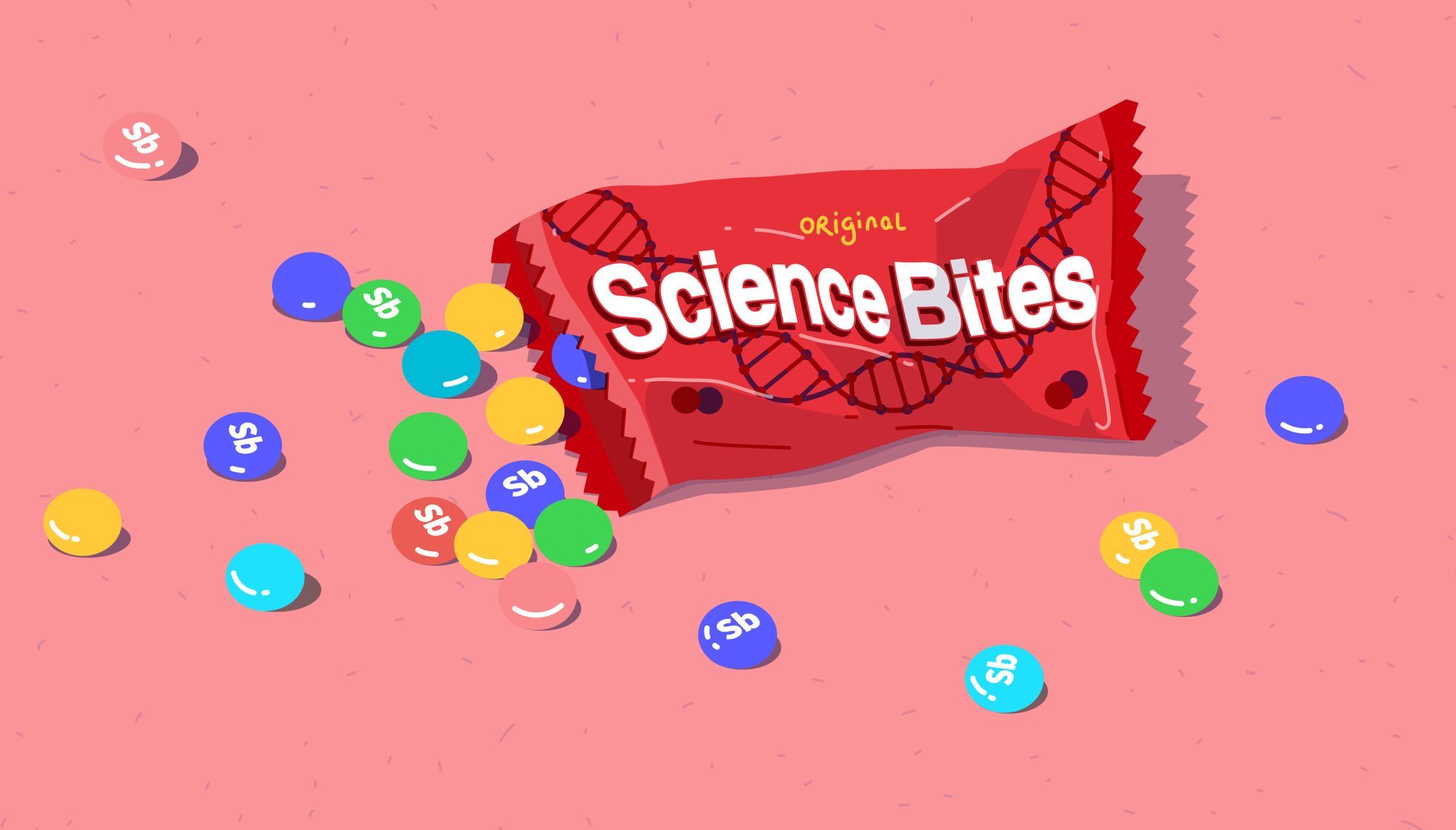Explained: Sleep Could Wash Alzheimer’s Waste Out Of The Brain
The Importance of Sleep with Alzheimer’s
The brain is programmed to “clean mode” at night that washes away waste products. Poor sleep could make this cycle less effective and leave Alzheimer’s toxins to build up.
Study findings: Researchers studied the brain of 13 participants asleep and awake. They discovered that, during deep sleep, the brain is washed by coordinated waves of cerebrospinal fluid which can remove waste products. The authors noted that these waves are not as strong in people with memory impairment, and chronic sleep problems can lead to the accumulation of beta-amyloid, a protein linked to Alzheimer’s disease.
Why it matters: Alzheimer’s disease is the main form of dementia, and the number of people diagnosed with dementia is expected to grow by 204% worldwide by 2050. Understanding the role that sleep can play in healing the brain, and how it can be disrupted, are critical in the search for a cure and preventive measures.
The final word: The study’s findings reveal the synchrony of processes that enable waste clearance, and suggest how this may, in the future, help to explain what role sleep quality plays in Alzheimer’s disease. The authors recommend more probing studies to identify what may influence these nocturnal cleaning “rhythms”.
Sleep: the brain’s housekeeper
Sleep flicks the switch that allows the brain to go about maintenance work without being interrupted by the pesky activity of a conscious mind.
There are several stages and depths of sleep, and you cycle through them several times per night. When you start to nod off, you are at stage 1 of non-rapid eye movement (nREM) sleep. Once you sink a bit deeper, you’re into nREM stage 2, during which your body temperature drops and your heart rate starts to slow.
| Sleep cycle | Name |
|---|---|
| nREM stage 1 | transition between sleep and waking |
| nREM stage 2 | body temperature/heart rate drop |
| nREM stage 3 | Muscles relax, blood pressure/breathing drop |
| REM | Dreaming, increased brain activity, eye movement |
Stage 3 of nREM is one we’ll discuss in this article. It is the deepest sleep: your blood pressure drops, your muscles relax, and your breathing is slowed. And this is the time your brain has set aside to clear out the waste. It’s followed by rapid-eye movement (REM) sleep when you dream, your eyes flick around, and your brain is more active. Then it all starts again.
Deep sleep, deep clean
For many centuries, the brain had the scientific community stumped because they couldn’t figure out how it got rid of metabolic waste.
The central nervous system, which includes the brain, doesn’t have a lymphatic system like the rest of the body. Scientists found this very curious because this system is responsible for removing waste products and toxins from the body. In fact, for many centuries, it was believed that the central nervous system of mammals was simply devoid of lymphatic activity.
The idea of getting a cerebral spa treatment every night is appealing
However, that left an important question unanswered: how on earth does the brain rid itself of rubbish? Thanks to new technologies and determined scientists, we now know that the brain has its own way of doing things. Firstly, it does have lymphatic vessels, and they can be seen on a correctly tuned magnetic resonance imaging (MRI) scan.
But that’s not all, as this paper helpfully reminds us. The brain is much classier than initially thought: it repeatedly rinses itself in cerebrospinal fluid (CSF) every night. Your brain and spinal cord bathe in this clear, colourless fluid all day, and at night, waves of it surge over the brain and clear it of metabolic waste.
It takes three baby
Three synchronised actions allow the brain to clear out the byproducts of metabolism and other waste products that accumulate each day.
A team of seven researchers, led by Nina E. Fultz, looked for the missing piece of a messy puzzle that included brain waves, blood, and cerebrospinal fluid. It was already known that our thinking organ emits brain waves (tiny electrical pulses) that make our neurons fire in a specific region. The same goes for CSF — scientists already knew that it could remove metabolic waste products.
Yet, it was unclear whether these processes are related, and if so, what is their purpose. Fortunately, these intrepid scientists intervened to solve this nail-biting enigma. They put 13 slumbering (and sometimes, waking) people through their paces with new and old technology.
That cat is rolling in Delta waves
They attached electrodes to their subjects’ heads, measuring electric impulses on the outer layers of the brain (the cortex), a non-invasive technique called electroencephalography (EEG). Participants also underwent functional MRI scans that could show changes in cerebrospinal fluid and blood flow.
When the scans were in, the team compared the timing and effect of these three parameters and concluded that these features are synchronised. So, in order for the brain “washing” to function, it requires three steps. A slow brain wave breaks across a network of neurons, which triggers an increase in CSF and a decrease in blood flow (which probably makes room for the cerebrospinal fluid to wash over the brain).
What’s it got to do with Alzheimer’s?
There are brain waves for each level of cerebral activity, and they can be disturbed in patients with specific diseases.
Brain waves coordinate levels of activity in this organ, so it should come as no surprise that they can be disturbed in different diseases. People with Alzheimer’s have fewer and smaller Delta waves, the long slow waves that occur during deep sleep (nREM stage 3), and this research may help understand why.
| Wavelength/hertz | Brain activity |
|---|---|
| Delta (0-4 hz) | deep sleep |
| Theta (4-7 hz) | drowsiness, daydreaming |
| Alpha (7-13 hz) | relaxed, reflecting |
| Beta (13-35 hz) | active thinking, focus |
| Gamma (30-100 hz) | short-term memory, sensory processing |
Poor sleep quality is an important feature of Alzheimer’s, but it could be poor sleep quality and thus fewer, weaker Delta waves during a person’s lifetime that might influence clinically significant aspects, like the accumulation of specific proteins associated with this disease.
There are two proteins in the brain that were identified in the pathology of Alzheimer’s: beta-amyloid, which accumulates in plaques, and tau, a protein that is found in cerebrospinal fluid. Other studies have shown that wakefulness can increase levels of tau protein and that chronic sleep deprivation can increase beta-amyloid plaque accumulation.
This study postulates that disturbances in this nocturnal process of brain “cleaning” may explain why these proteins accumulate in the brain. By demonstrating that three separate actions are required for effective removal of metabolic waste during deep sleep, they suggest it might be the first step to uncovering how disturbances in this harmonious process may allow these proteins to accumulate in the first place.
☝️TIP☝️The Atlas DNA Test checks for Alzheimer’s disease risks and recommends a full night’s sleep (7-9 hours) as a preventive measure.
- NE Fultz et al., Coupled electrophysiological, hemodynamic, and cerebrospinal fluid oscillations in human sleep, 2019
- JK Holth et al., The sleep-wake cycle regulates brain interstitial fluid tau in mice and CSF tau in humans, 2019
- M Roohi-Azizi et al., Changes of the brain’s bioelectrical activity in cognition, consciousness, and some mental disorders, 2018
Learn about how sound can help aid your sleep process:
Why Walnuts Are A Good Snack To Eat Before Bed
The Right Noise – Pink, White ,Brown, Blue, Black, and Red Noise: Your Guide to a Good Night’s Sleep
How to Sleep Better: Your Guide for Good ZZZ
Everything You Need To Know About Magnesium And Sleep
Optimizing the Sleep-Wake Cycle
How to Reset Your Sleep Cycle When You Live With Insomnia
The Importance of Sleep with Alzheimer’s
What You Eat Affects How You Sleep
GABA & L-theanine mix Improves REM Sleep, Stabilizes mood and helps with depression
What Happens When Circadian Rhythm Is Off? Learn More
Do You Wake Up Every Night At The Same Time? Learn More
How to Reset Your Sleep Cycle When You Live With Insomnia Learn More
What You Eat Affects How You Sleep? Learn More
GABA / L-theanine mixture Improves REM Sleep, Antidepressant, and Mood-stabilizing Study Says Learn More



